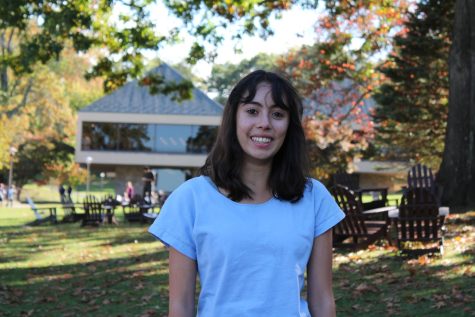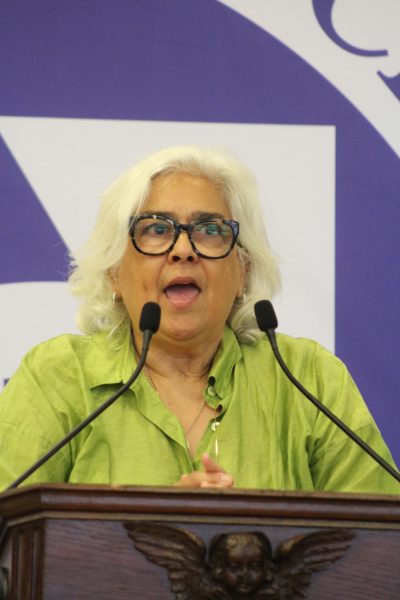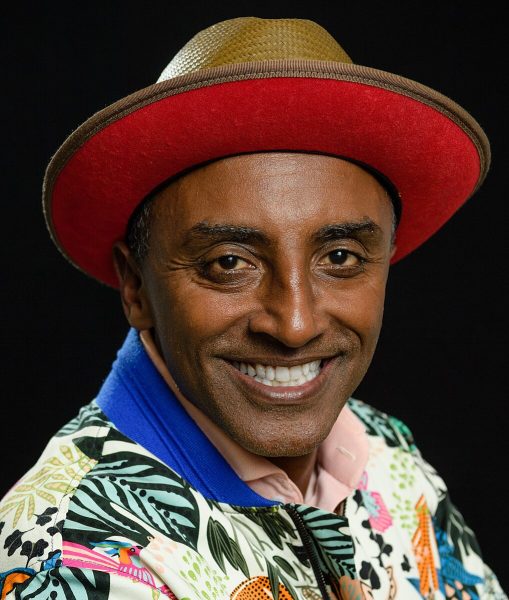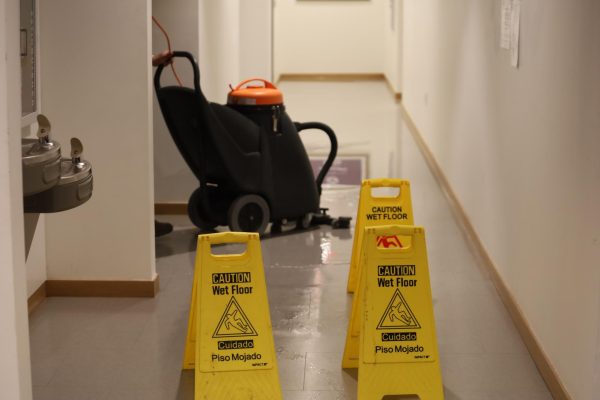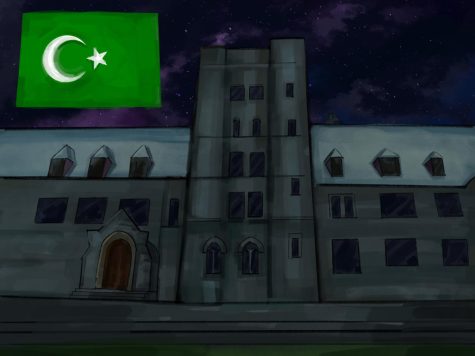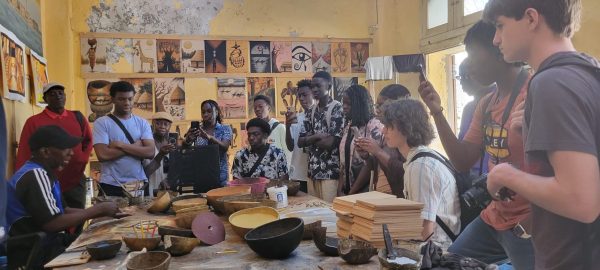AI presents promise and threat at Masters and beyond
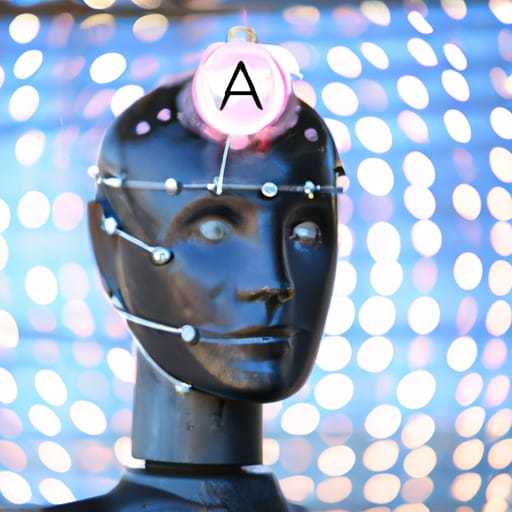
Alexa Murphy explores how artificial intelligence will affect education in the years to come. As of Jan. 6, ChatGTP has been banned from all NYC public school systems.
February 15, 2023
Artificial intelligence (AI) has the potential to significantly impact education in a number of ways. Some of the ways AI could impact education include: Personalized learning, tutoring systems, automated grading, and content creation. However, it is important to note that AI is not a silver bullet solution and its implementation will need to be carefully evaluated to ensure that it is meeting the needs of students and the education system as a whole.
That was ChatGPT’s response to the question, “How will AI affect education in the coming years?”
The rapid advancement of AI technology is likely to have major implications for the way we will lead our daily lives in the imminent future. Teachers and students alike must adapt to a world where AI is more prevalent than ever before, and choose whether the forthcoming technology revolution will change education for the better or worse.
ChatGPT, for example, has posed a threat to academic integrity in schools everywhere. Launched on Nov. 30, 2022, ChatGPT is a chatbot which engages with users casually and conversationally, answering complex questions with supposedly the same ease as a human interlocutor. The service was developed by OpenAI, a company co-founded by Elon Musk.
As of January 6, ChatGPT has been banned across New York City public schools.
In the words of New York City education spokeswoman Jenna Lyle, “Due to concerns about negative impacts on student learning, and concerns regarding the safety and accuracy of content, access to ChatGPT is restricted on New York City Public Schools’ networks and devices. While the tool may be able to provide quick and easy answers to questions, it does not build critical thinking and problem-solving skills, which are essential for academic and lifelong success.”
The response by the New York City Education Department came quickly, but the consequent backlash came even quicker, as many AI sympathizers highlight that there are perhaps more productive ways to respond to the issue of plagiarism than outright prohibition of the new technology.
“When faced with a threat,” said John Chiodo, Director of the IEC, “big organizations often put up a barricade, then figure it out. And that tool that figures out whether text is written by an AI or not, that’s free. As much as AI may be improved, there will always be technologies and softwares able to detect cheating.”
Chiodo refers here to GPTZero, a software launched on January 2, which can easily identify whether an essay was written by a student or an AI. The software is free, and was created by Edward Tian, a computer science major at Princeton University. In creating the software, Tian has explained that he hoped to curb concerns of AI plagiarism in academia.
The Masters administration has not yet released comments regarding the role of ChatGPT, or AI more broadly in our community, but its silence on the matter should by no means indicate a lack of engagement with AI technology among students and faculty.
In fact, students have turned to AI, most provided for by the free OpenAI company, to assist them in myriad academic tasks. Because of ChatGPT’s conversational nature and crisp writing style, the most prevalent of its uses has become essay writing.
One Upper School student, who preferred to keep his identity private for fear of disciplinary consequences, said, “This fall they came out with ChatGPT and I started using it for simple English assignments, like a paragraph here, a paragraph there. It’s not good at variation of tone and style, so I’m not going to submit an entire essay written solely by ChatGPT, but it’s good for giving you ideas, or it can give you a paragraph, and you can edit it and make it your own.”
Of course, the development of AI has opened students up to a world of (albeit often morally questionable) opportunities to aid their academic endeavors. AI doesn’t exist in a ChatGPT vacuum, and many have discovered other uses for new technologies in their studies.
Another anonymous Upper School student reported, “I think that what’s been the most beneficial for me has been submitting my writing into AI and having it shoot back feedback, or sometimes I’ll ask it for comments on what I’m doing or for it to grade my work. I’ve given it characteristics of teachers to build feedback that I can expect to receive, and what I’ve found is that it’s immensely helpful to proofread for not just grammatical errors but for content as well, which is unique to this new AI program.”
Among faculty members, this rise in student use of AI has raised concerns similar to those expressed by the New York City School Board; namely, that ChatGPT is a tool which helps students engage in academic dishonesty.
History and Religions teacher Brendan Collins-Jordan said, “You know it’s funny. In some ways I don’t think it’s that different [plagiarism vs. extracting work from AI], actually. In some ways it’s really the same thing as if someone paid someone to write an essay for them, except it’s a computer doing it, and it’s free. And you can sort of catch it via the same mechanisms, and the biggest way is just as teachers we know what a student’s writing sounds like, and we know when we get a paper that really sounds nothing like that student.”
But many teachers and students alike see AI as less of a threat and more of an educational tool, and it’s important to note that as AI expands in scope, so too do its potential uses. Just as AI can be used to help a student proofread a paper, it can help a teacher fill in an end-of-semester comment, or demonstrate a model essay.
“I don’t see this as a tool that’s 100% a problem,” Collins-Jordan said. “One thing I played around with is, can you, like, fine-tune an essay with this? It actually works pretty well for that. So one thing that I’ve been thinking about is, I do think it could be an interesting tool to teach writing with, in that you have to know what to look for to fix it, and it can show you what a fix looks like. So I think it does have some pedagogical value as a tool that teachers can use in the classroom.”
There are also countless options to increase application of AI in STEM instruction, and Chiodo explains that there is particular room for growth in the realm of computer science.
“Teaching students how to code, I find that often students will write it and then can’t find the correct answers. In this case, they can do it within a coding platform to get answers directly, instead of analyzing lines of code.”
AI is expected to soon affect nearly every aspect of human life, which means that it is decidedly up to the Masters community to figure out how or how not to carve space for AI in the classroom. And perhaps, within these lines of 1s and 0s, there lies a real chance for educational improvement.



